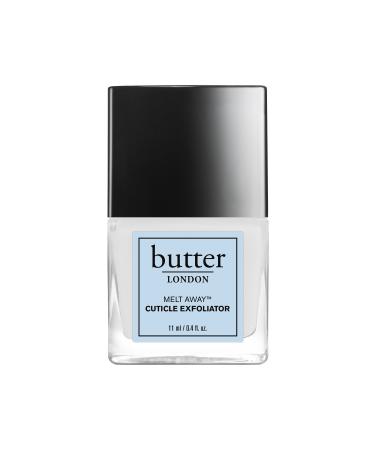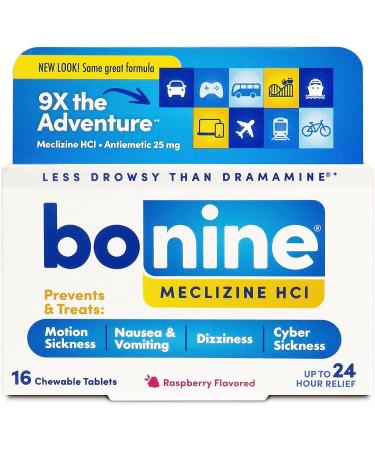The history of a legend of Italian style Korreiert the year 1959, when the Argentine runner Alejandro de Tomaso came to Modena to throw the challenge Ferrari and Maserati with the cooperation of large Piedmontese designers such as Fixor, Giugiaro and Vignals.The first vehicle was the famous Vallelunga, a Gran Turismo Coupé with great aesthetic effect.In the following years Mangusta was created, made by the body Ghia to Giugiaro.The car marked the beginning of the collaboration with Ford America, with the provision of the powerful 8-cylinder V engines that De Tomaso was able to compete with with the other Italian supercars of the time, especially Ferrari and Lamborghini.The mangusta succeeded in the mythical panther, who gave the company a renowned international prestige.The oil crisis marked the decline in this model on the US market, but the unstoppable de Tomaso had already invented a new segment for the time that is the production of high-performance leak-off limousines.It happens after the Maserati brand Tomaso, reduced by the Quattroporte project.This is how the Longchamp and Deauville Limousinen, which, like the entire production of de Tomaso, were marked by a rare design.At the same time as the production of luxury sedans from 1976 to 1990 with a brilliant anticipation of the times, De Tomaso realized the first city car with sporting performance, the Mini de Tomaso.From 1993 to 2004 Guara with V8 Ford Motor was produced in three body variants: boot, coupé and Spyder.In the Geneva Salon 2011, the latest version of the Super sedan Deauville was presented in a modern crossover style.For a few days, the brand new model ""Pantera"", 10-cylinder on VI, displacement 5,200 c.c., 700 hp, Lamborghini Uracan engine with English tradition.The de Tomaso projects offer the production of other new models with high quality and performance.The legend continues and renews itself.An example of style for connoisseurs of the Italian design and the high -quality Italian quality, which we also find in the new reading glasses from de Tomaso today.The de Tomaso reading glasses compared to other markings on the market is characterized by De Tomaso reading glasses by careful processing, the continuously renewed Italian design after fashion trends and style as well as the elegant packaging.Aspherical lenses The lenses of the de Tomaso reading glasses are aspherical (eliminating peripheral visual distortions), thin and breakproof, with scratch and anti-reflective treatment.All de Tomaso glasses are medical devices and are tested by Certottica, the Italian Institute for the Certification of Optical Products.certified quality of Certico the Italian institute for the certification of optical products.Aspherical reading lenses, very thin and breakproof.Flexible sticks for the best adjustment to the face.Fashionable ""Bold"" design for women, thick and durable.Reading glasses for simple presbyopia. Die Geschichte einer Legende des italienischen Stils korreiert das Jahr 1959, als der Argentinische Läufer Alejandro De Tomaso nach Modena kam, um die Herausforderung Ferrari und Maserati mit der Zusammenarbeit großer Piemontese-Designern wie Fixor, Giugiaro und Vignale zu werfen. Das erste Fahrzeug war die berühmte Vallelunga, ein Gran Turismo Coupé mit großer ästhetischer Wirkung. In den folgenden Jahren entstand Mangusta, hergestellt von der Karosserie Ghia nach Giugiaro. Das Auto markierte den Beginn der Zusammenarbeit mit Ford America, mit der Bereitstellung der leistungsstarken 8-Zylinder-V-Motoren, die De Tomaso mit den anderen italienischen Supercars der damaligen Zeit konkurrieren konnte, insbesondere Ferrari und Lamborghini. Der Mangusta gelang der mythische Panther, der dem Unternehmen ein renommiertes internationales Prestige schenkte. Die Ölkrise markierte den Rückgang dieses Modells auf dem US-Markt, aber die unaufhaltsame De Tomaso hatte bereits ein neues Segment für die Zeit erfunden, das der Herstellung von Hochleistungs-Leckhecklimousinen ist. Es passiert nach dem Erwerb durch Tomaso der Marke Maserati, reduziert vom Quattroporte Projekt. So entstanden die Longchamp und Deauville Limousinen, die wie die gesamte Produktion De Tomaso, durch ein seltenes Design gekennzeichnet wurden. Zeitgleich mit der Herstellung von Luxus-Limousinen von 1976 bis 1990 mit genialer Vorfreude der Zeiten realisierte die De Tomaso das erste Citycar mit sportlicher Leistung, der Mini De Tomaso. Von 1993 bis 2004 wurde Guara mit V8 Ford Motor in drei Karosserienvarianten produziert: Boot, Coupé und Spyder. Im Genf Salon 2011 wurde die neueste Version der Super-Limousine Deauville im modernen Crossover-Stil vorgestellt. Seit wenigen Tagen steht das brandneue Modell ""Pantera"", 10-Zylinder an Vi, Hubraum 5.200 c.c., 700 PS, Lamborghini Uracan Motor mit englischer Tradition. Die De Tomaso Projekte bieten die Herstellung von weiteren neuen Modellen mit hoher Qualität und Leistung. Die Legende geht weiter und erneuert sich. Ein Beispiel für Stil für Kenner des italienischen Designs und der hochwertigen italienischen Qualität, die wir heute auch in der neuen Lesebrille von De Tomaso finden. Die De Tomaso Lesebrille Im Vergleich zu anderen Markierungen auf dem Markt zeichnet sich die De Tomaso Lesebrille durch sorgfältige Verarbeitung, das kontinuierlich erneuerte italienische Design nach Modetrends und Stil sowie die elegante Verpackung aus. Asphärische Linsen Die Linsen der De Tomaso Lesebrille sind asphärisch (eliminieren periphere visuelle Verzerrungen), dünn und bruchsicher, mit kratz- und entspiegelter Behandlung. Alle De Tomaso Brillen sind medizinische Geräte der Klasse 1 und werden von Certottica, dem italienischen Institut für die Zertifizierung optischer Produkte getestet.Zertifizierte Qualität von Certico dem italienischen Institut für die Zertifizierung von optischen Produkten. Asphärische Leselinsen, sehr dünn und bruchsicher. Flexible Stangen für beste Anpassung an das Gesicht. Modisches ""Bold""-Design für Damen, dick und langlebig. Lesebrille für einfache Presbyopie.De Tomaso Damen 526 Lesebrille, rot, M













